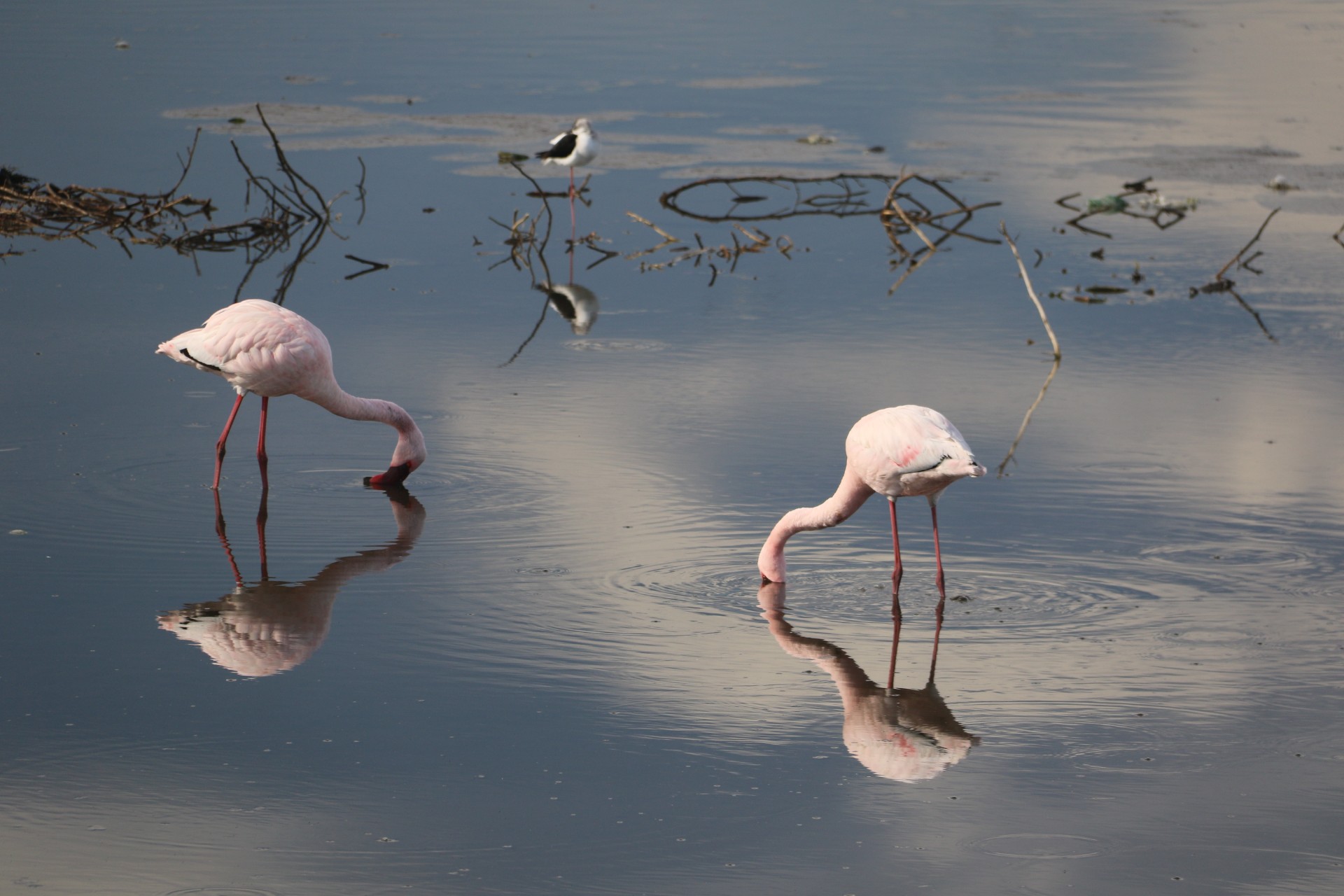UNSW and Flinders University researchers say the government-proposed Wyangala Dam enlargement costs are significantly underestimated, while the benefits are overestimated.
In 2019, the NSW and Federal Coalition governments announced they would raise the dam wall of Wyangala Dam on the Lachlan River, at a shared cost of $650 million. The proposal boosted storage capacity by 650 GL, a 53% increase. The enlarged dam was estimated to deliver 21 billion litres of water each year, predominantly for irrigation. By 2021, the estimated cost of the infrastructure of the dam had blown out to $2.1 billion.
A team of researchers from Flinders University and UNSW Sydney have estimated the true cost of the dam to the public in a study published in the international journal Environmental Research Communications. Despite the building costs of the dam soaring in the government’s own estimates – increasing by a phenomenal 239% – the researchers say there are likely further increases. At the same time, the researchers say, the government’s business case severely overestimated the benefits for water security and agriculture.
Co-author Professor Richard Kingsford, Director of UNSW’s Centre for Ecosystem Science, was highly critical of the poor environmental assessment and lack of transparency in explaining the true cost of water to the public.
“The Lachlan River’s Great Cumbung Swamp and Booligal wetlands were not even considered, neither were the lower Lachlan River floodplain graziers who were going to be severely affected by the dam,” he said.
Lead researcher Dr John Kandulu from Flinders University said unfortunately, dams have historically blown out well beyond initial government estimates.
"It was extremely concerning to see how much the original business case underestimated the financial cost of this project, especially given the well-documented track record of dams being notorious for cost overruns,” he said.
There is a general lack of transparency about true costs and benefits to taxpayers with inadequate assessment of environmental damage.
Co-author Matthew Flinders Professor of Water Economics, Sarah Wheeler, argued for more clarity when arriving at the actual costs of dam building.
"We have to get better at transparently measuring the true costs of dams and valuing the benefits of other green infrastructure alternatives if we want to have a more sustainable future for all,” she said.
The research reevaluated all the potential benefits and costs of the dam, concluding the dam enlargement was uneconomic, once more realistic cost and revised benefits were considered. The team critically reviewed the assumptions of the initial Benefit Cost Analysis done by the NSW Government and analysed the potential impact of dam expansion on downstream ecosystems and their services, principally the grazing of livestock. The team recalculated realistic costs and benefits transparently and the reductions in floodplain grazing.
“We need to realise the true costs of such developments to taxpayers of the enlarged Wyangala Dam, which represents a cost of $97,674 for every megalitre of water captured,” Prof. Kingsford said.
“And yet if you went and bought the water on the open market it would be nearly a hundred times cheaper at about $1500 per megalitre.”
The researchers said this is an ongoing issue for Australia and highlighted the many large water infrastructure projects listed by the National Water Grid, with a huge, combined cost of $12.17 billion. Only 22 have publicly available business cases, leaving over $1 billion without any transparent process. There are similar concerns for other proposed dams in Australia like Hells Gate Dam in Queensland, and Dungowan Dam and Snowy Hydro 2.0 in New South Wales.
“There is a general lack of transparency about true costs and benefits to taxpayers with inadequate assessment of environmental damage,” Prof. Kingsford said.
Related stories
-

Bunyip birds and brolgas: how can we better protect species important to Indigenous people?
-

Conservation scientists use AI to count flamingos
-

‘Driving environmental destruction and social inequality’: current economic system fails examination by sustainability experts
-

The government's Murray-Darling bill is a step forward, but still not enough


.cropimg.width=335.crop=basic.JPG)
.cropimg.width=335.crop=portrait.JPG)
